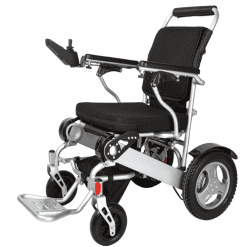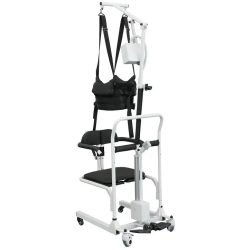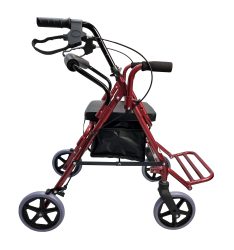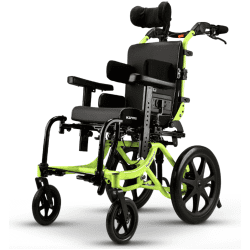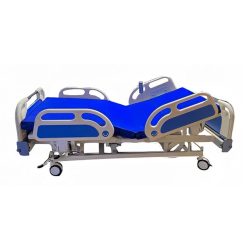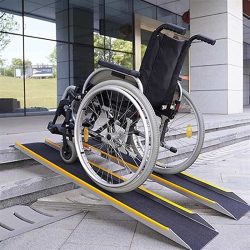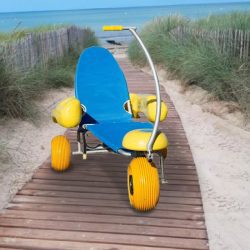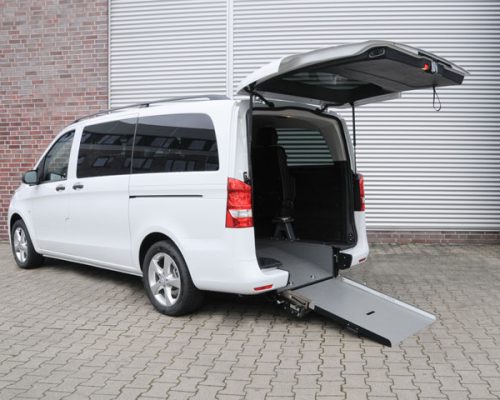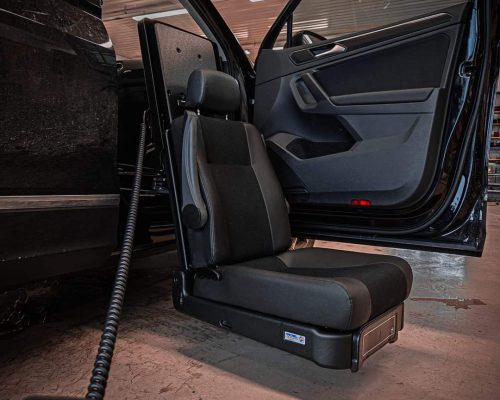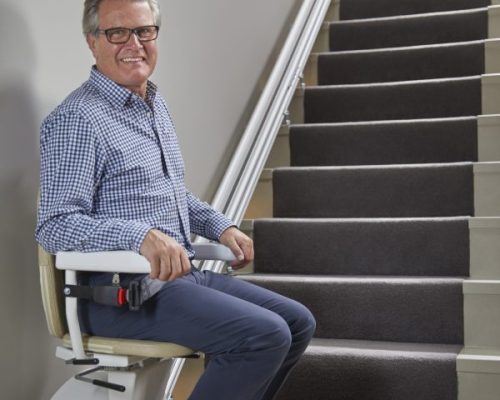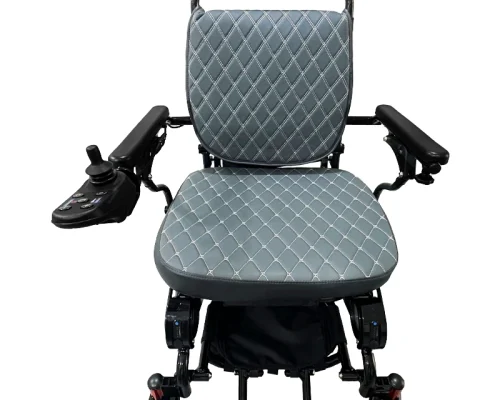Table of Contents
ToggleCaster wheels, often referred to as the small front wheels of a wheelchair, are crucial for the overall performance and functionality of the wheelchair. In this blog, from Gilani Mobility, we will explore the importance of caster wheels, their types, and how they enhance manoeuvrability and stability.
What are They Called?
The proper name for these small front wheels are caster wheels or wheelchair casters and their main purpose is for the wheelchair’s manoeuvrability. These wheels can swivel in any direction to make it easier for wheelchair users and their caregivers to navigate the wheelchair in which direction they want to lead it.
Purposes of Caster Wheels
Aside from maneuverability, the wheelchair casters serve other purposes such as:
1. Stability
Caster Wheels also help the wheelchair be more stable. The smaller wheels at the front not only make it easier to make a turn, but they also help in dispersing the weight of the user equally throughout the wheelchair’s frame which prevents the wheelchair from toppling over. The user or the caregiver also have more control over the chair by positioning the little wheels closer to the wheelchair user’s center of gravity.
2. Adaptability
Wheelchair casters also help wheelchairs adapt to different terrains and surfaces. The small wheels aid with the traction even across outside terrain or smooth indoor floors which is especially helpful for wheelchair users who lead active lifestyles and would want a wheelchair they can use indoors and outdoors. In addition, some wheelchairs have front-wheel suspension systems which lessen vibrations and shocks from uneven ground.
3. Customization
Wheelchair users have different requirements and needs for their manual or electric wheelchair. As such, mobility solutions providers offer customization choices for wheelchair casters which include the size and configuration, depending on how the chair will be used, the need for mobility and the user’s preferences.
For outdoor use, larger front wheels are recommended while smaller wheels are better for indoor use.

Factors to Consider when Choosing Caster Wheels
Aside from size, there are other factors that need to be considered when choosing caster wheels such as:
1. Material
Materials used to create caster wheels are categorized into two, soft and hard materials. Softer materials like pneumatic tires are better in stress absorption and grip, making them ideal to use on uneven terrains. However, since they are air filled tires, the probability of a flat is more likely and would require more maintenance. Harder materials like solid rubber or polyurethane on the other hand are more durable and require less maintenance.
Service Recommendation: Wheelchair Rental Dubai
2. Caster Fork Design
When looking for caster wheels, give particular attention to the caster’s fork design. Look for caster forks that are durable and well-made. The caster fork’s design contributes to its longevity and performance and caster forks made out of premium materials such as steel or aluminum will be more reliable and long lasting.
3. Load Capacity
Another consideration that should not be forgotten when looking for wheelchair casters is the load or weight capacity to make sure the user’s weight can be supported comfortably. If the wheelchair will also be used to transport other mobility accessories and products or the user’s luggage, the additional weight must be considered as well since most casters are categorized to support only a certain load capacity range.
4. Compatibility
Make sure that the wheelchair caster is compatible with the wheelchair frame and other parts. Wheelchairs differ in their mounting components or their suitability for particular caster sizes and types.
5. Budget
Your budget is also an important consideration when choosing wheelchair casters. High-quality casters are often more expensive but they are more durable and perform better than other casters. However, there are other reasonably priced casters that are sufficient for daily use.
Key Takeaways
Caster Wheels are important for maneuverability, stability, adaptability and customized use, not just for design purposes. Their size may be small but their absence will greatly impact the general convenience and mobility they provide wheelchair users.

